In my senior year of high school, I was ensconced in solitude – not so much in an angsty “pity me” way, but rather in an “I can’t wait to get out of here” kind of way. I would purposefully push other people away to avoid making any sort of human connection. Mostly, however, I was grasping at the idea of a future where I could meet like-minded people and be able to establish real connections. The more that I went through high school, the more I realized I didn’t have those connections; I had acquaintances with whom I would share an occasional laugh – acquaintances who would sometimes refer to me as their “gay best friend.” Dynamics like these were what really deterred me from meeting people.
Now, over a year since I have graduated high school, I am slowly realizing that this experience isn’t exclusive. Loneliness, in some way, shape or form, is a feeling that far too many gay people have. Too many gay people go through much of their lives without entering a relationship; or, for those relationships to be brief and short-lived.
It feels as if homosexuality and loneliness go hand-in-hand. With gay men especially, it isn’t uncommon to see young teens meet up with older men on dating apps, which has long-lasting negative effects on their perceptions of love and sex. Although I didn’t have this experience in my teen years, it’s not hard to see why many young gay teens do. When your identity is hypersexualized in the media, and when there are few around you with a shared identity, hookup apps like Grindr seem to be a natural route.
While we have made great strides as a country to bolster equality, those efforts have been incredibly recent. Even the landmark case Obergefell v. Hodges, which legalized gay marriage in America, only occurred in 2015. Yet still, there are parts of the world where being gay is criminalized. When your identity has been politically contested for centuries, it takes more than Supreme Court rulings to make you feel comfortable in your own body. Issues like internalized homophobia, shame and loneliness dominate the existence of millions of gay people. Even though I am lucky enough to live in a largely liberal and accepting community, I still feel the effects of those issues.
Perhaps the reason why so many gay people struggle to enter real relationships and gravitate towards hookup apps isn’t necessarily because the general public isn’t accepting, but because so many gay people struggle to accept themselves. While my outlook may seem pessimistic, I am arguing that it doesn’t have to be this way. By recognizing the way that external forces and historical trends impact sociocultural expectations of gay people now, we can work toward addressing and changing them for the future.
For example, the media tends to portray gay people in a very surface-level way; the “gay best friend” trope, which portrays gay men as outgoing and happy-go-lucky has permeated the entertainment industry since the early 2000s, specifically in romcoms. These potrayals, however, have contributed to public opinion of gay people as afterthoughts or accessories to the main character, rather than human beings. This can be seen in movies such as “The Woman in Red,” and “Clueless” – where gay men are on-screen to provide comic relief for the audience and moral support for the protagonist.
On the other end of the spectrum – if gay people are ever the main characters of stories, they are invariably the victim of some sort of horrible tragedy. TV shows like “Alguien Tiene Que Morir,” or movies like “Boy Erased” only perpetuate that notion that being gay is inherently tied to horrible suffering. While media like these are important, as they represent real issues that have or are currently impacting gay people, they take up such a disproportionate space in gay representation that it has altered the way that gay people view themselves.
Despite this, gay representation has been shifting in a more positive way in recent years. “Schitt’s Creek,” as an example, demonstrate that it’s possible, and normal, to live in a world where homosexuality doesn’t have to be connected with trauma, homophobia, abuse and sexual exploitation. Obviously, current programming like these aren’t the solution to internalized homophobia or deeply-rooted issues within the gay community, but they’re a start.
Overall, pieces of legislation that promote equality aren’t the be-all-end-all solutions to issues within the gay community. The trauma and shame that gay people have experienced throughout history can’t go away in a matter of a few years. Instead, it requires us to collectively reframe the way that we think of homosexuality. There is more to gay people than the “gay best friend” trope or the “tragic ending trope.” To address issues like loneliness and shame, it will be necessary to move to a more accurate representation of gay people in movies–where they are seen as real human beings. And talking about issues like internalized homophobia and the use of hookup apps from a young age within the gay community will be necessary if we are ever to address these issues.

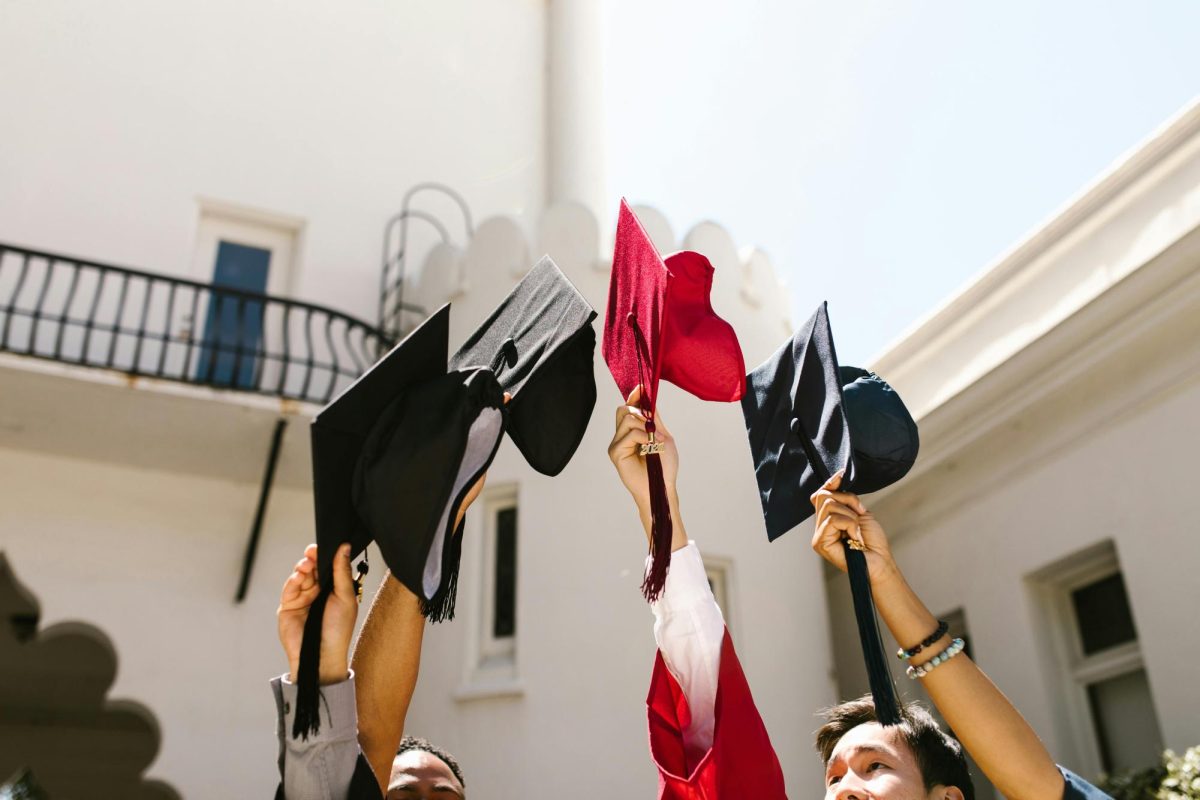
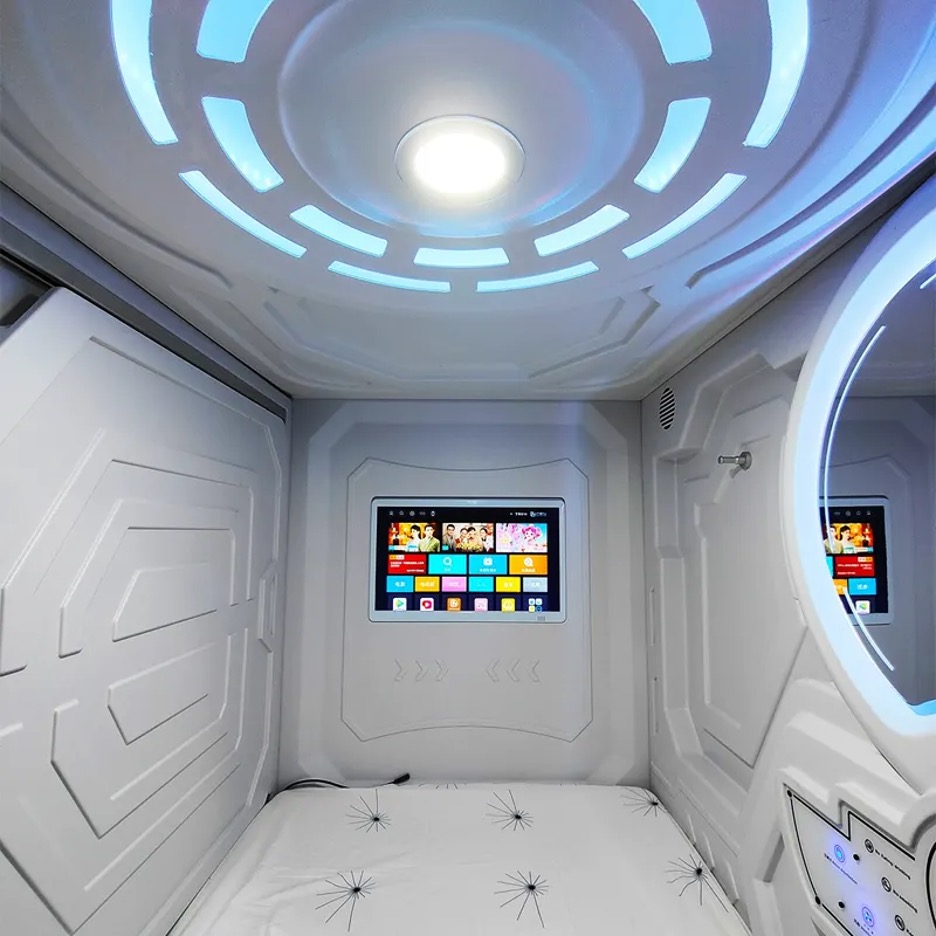
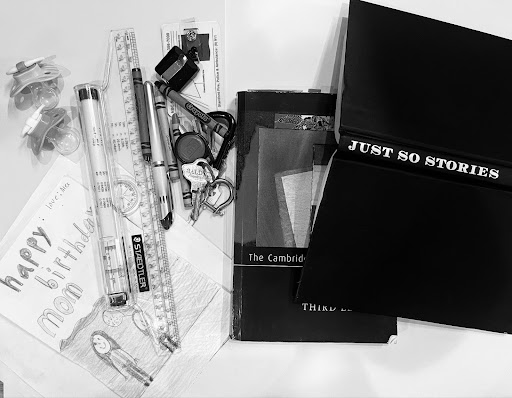
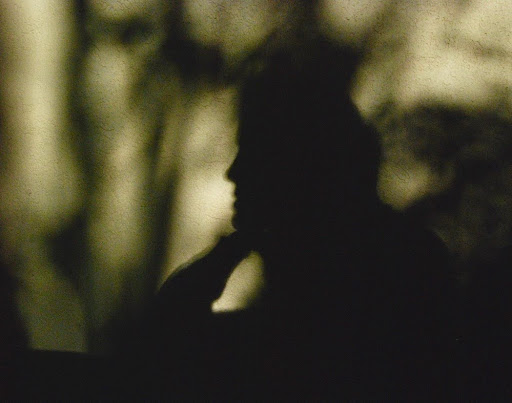

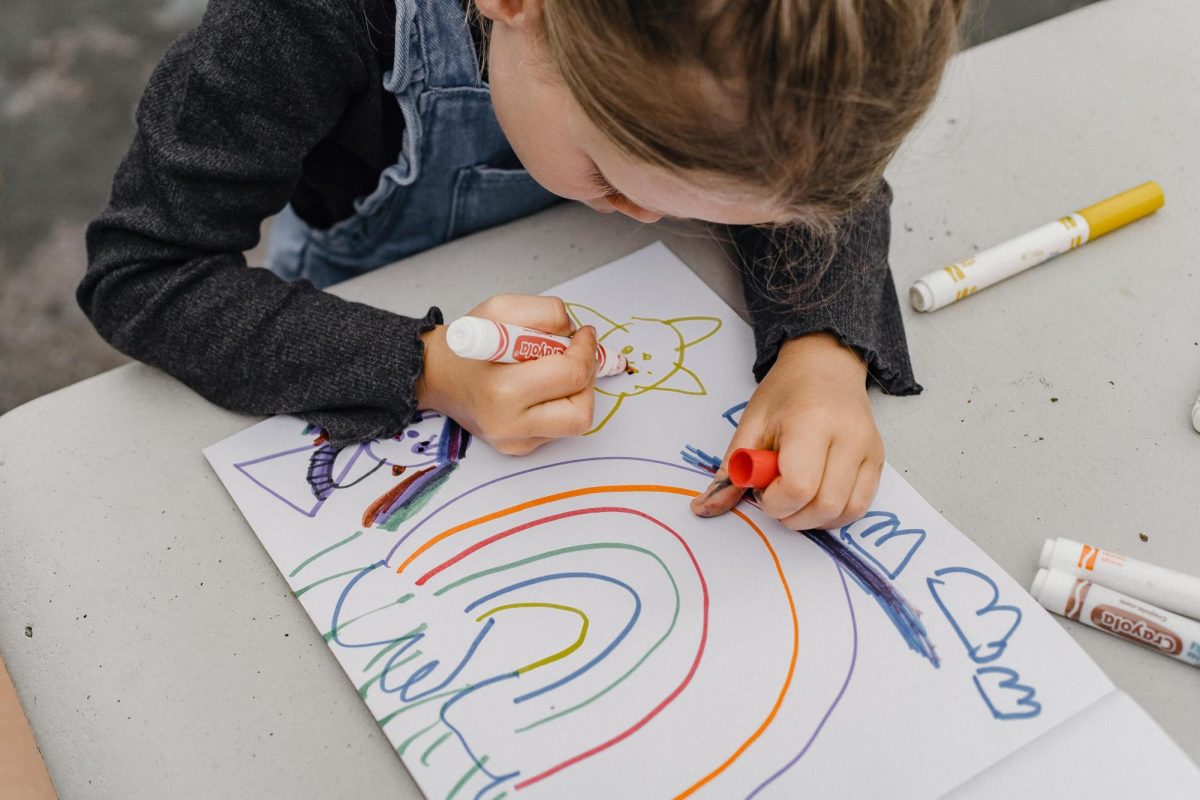
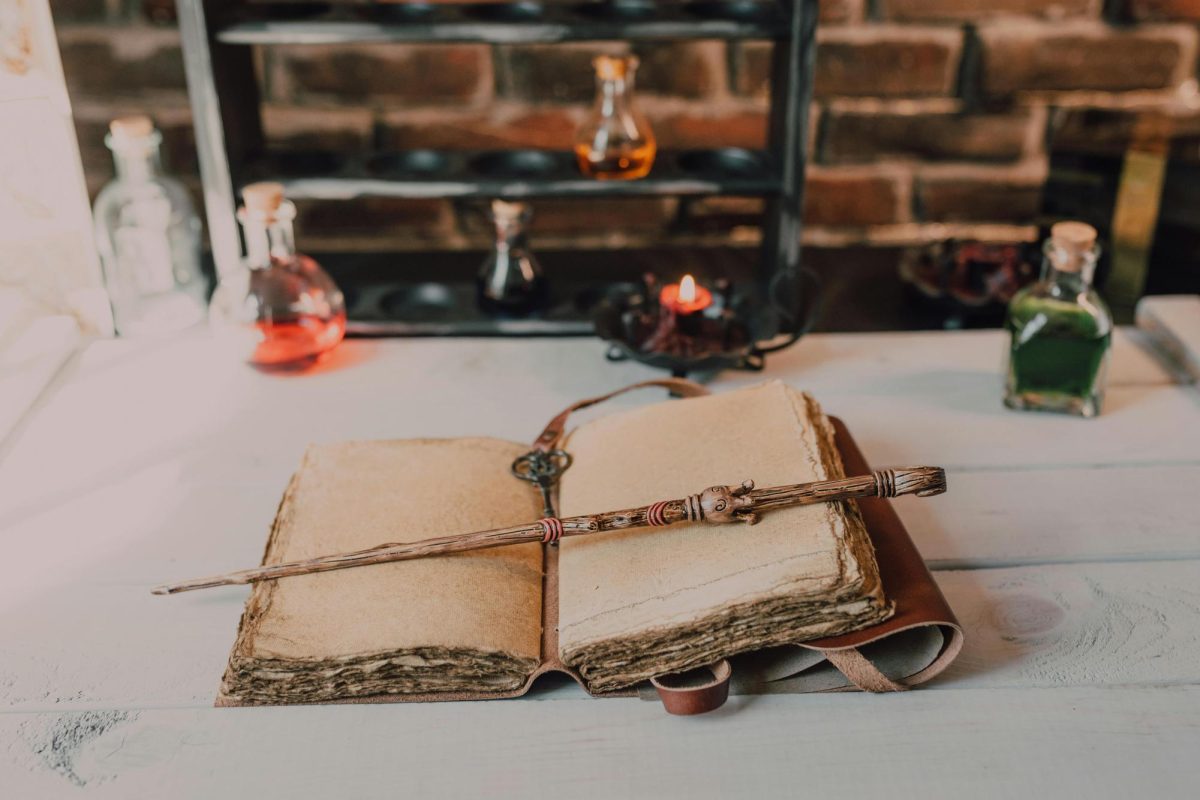
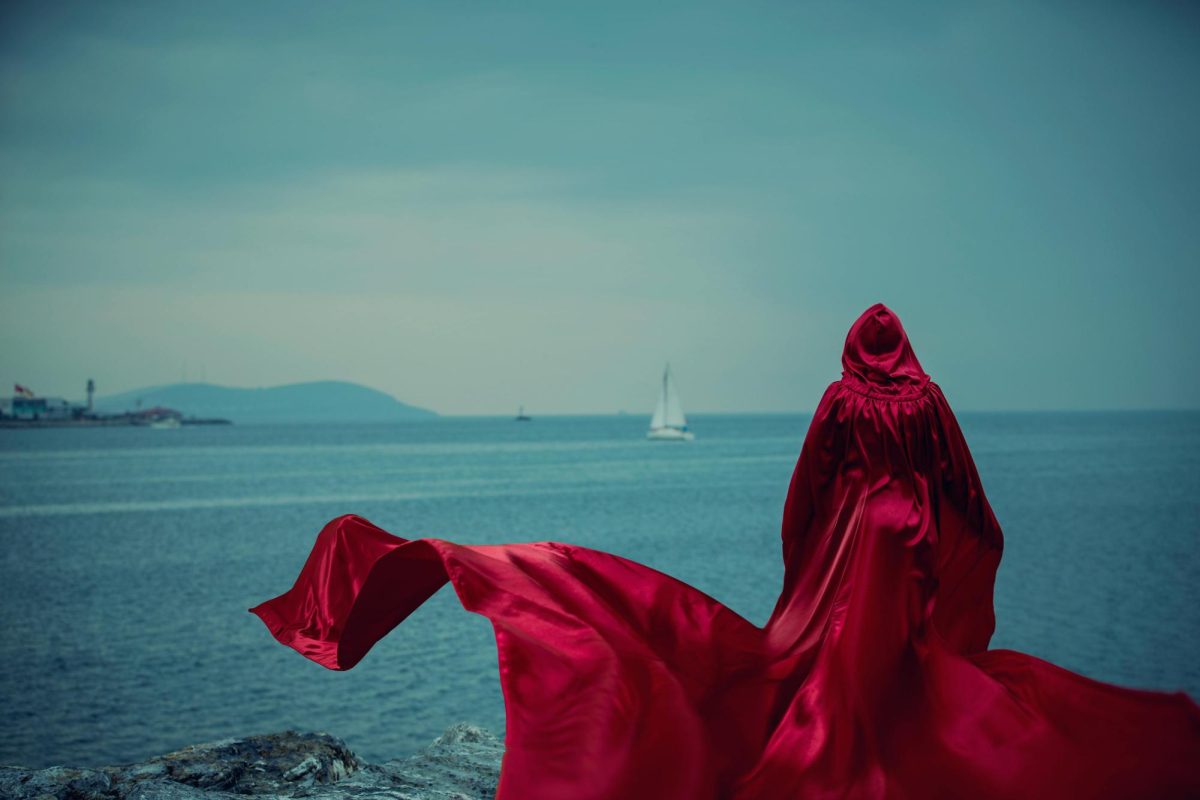
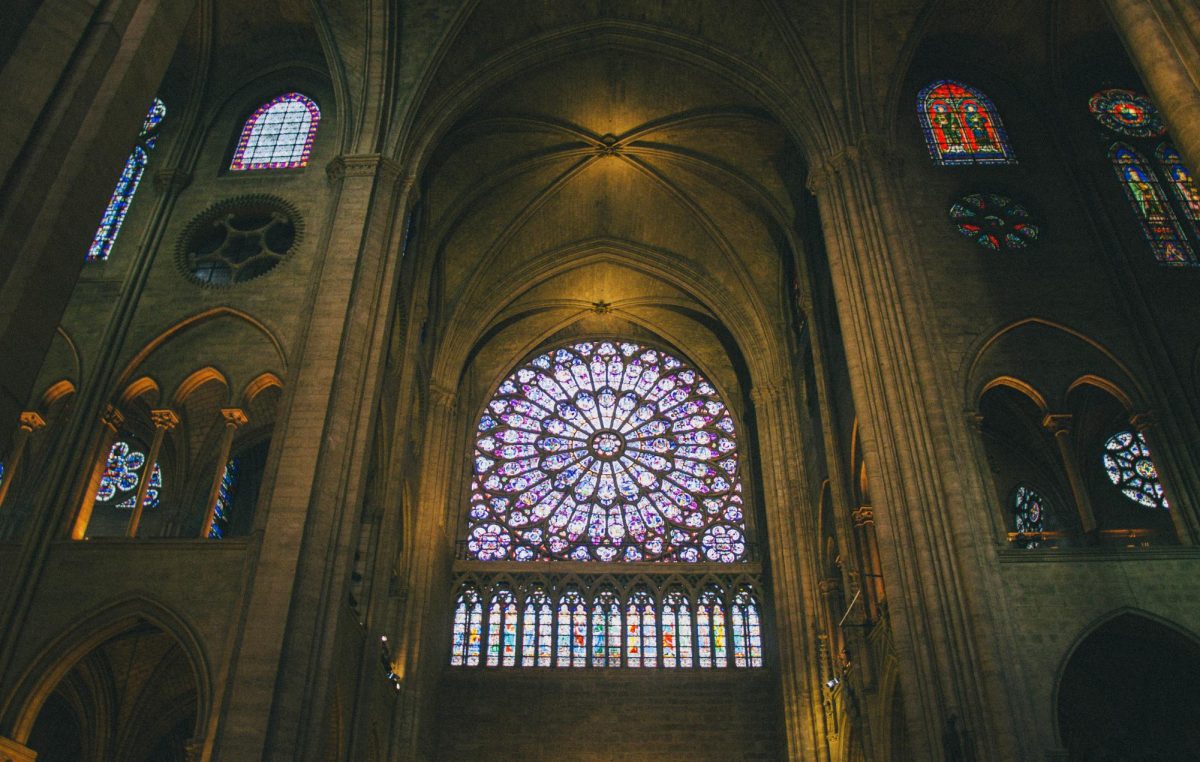

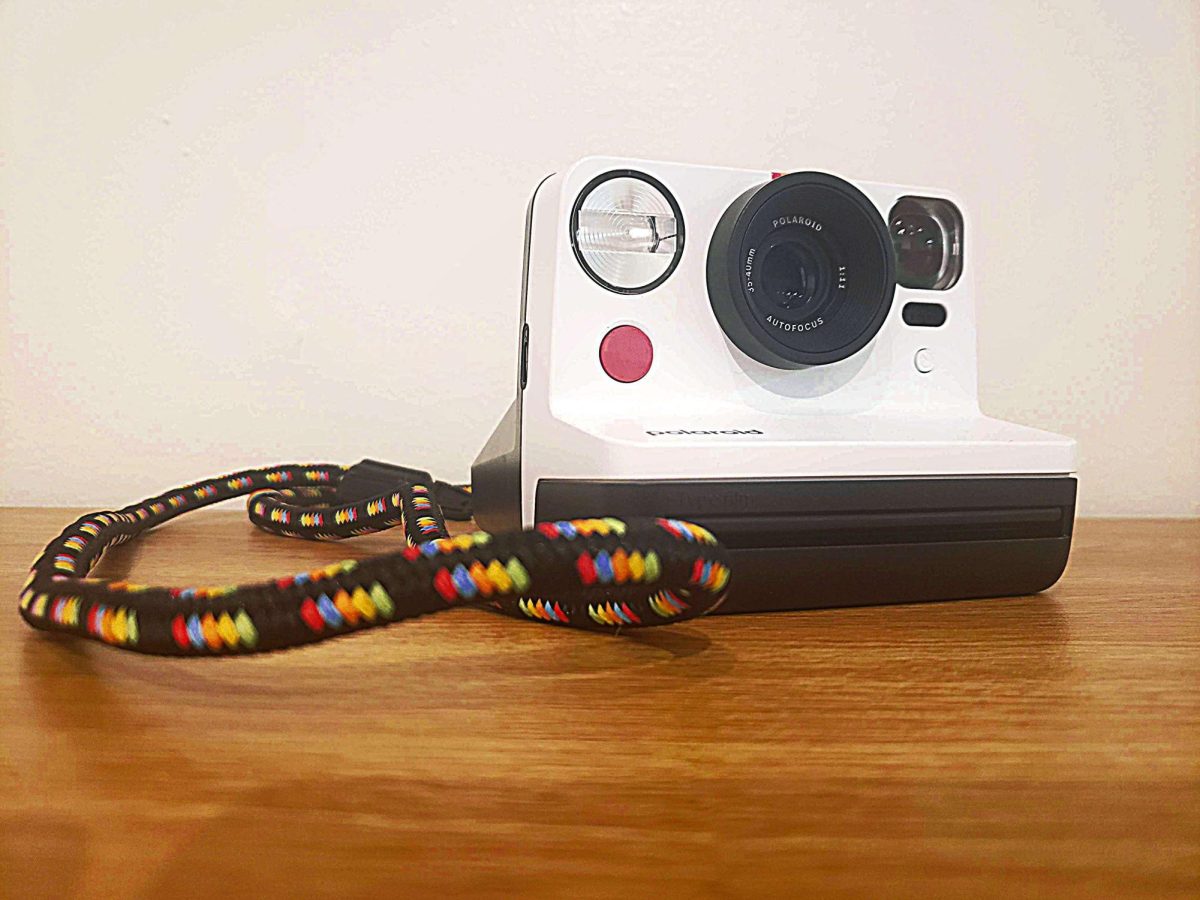
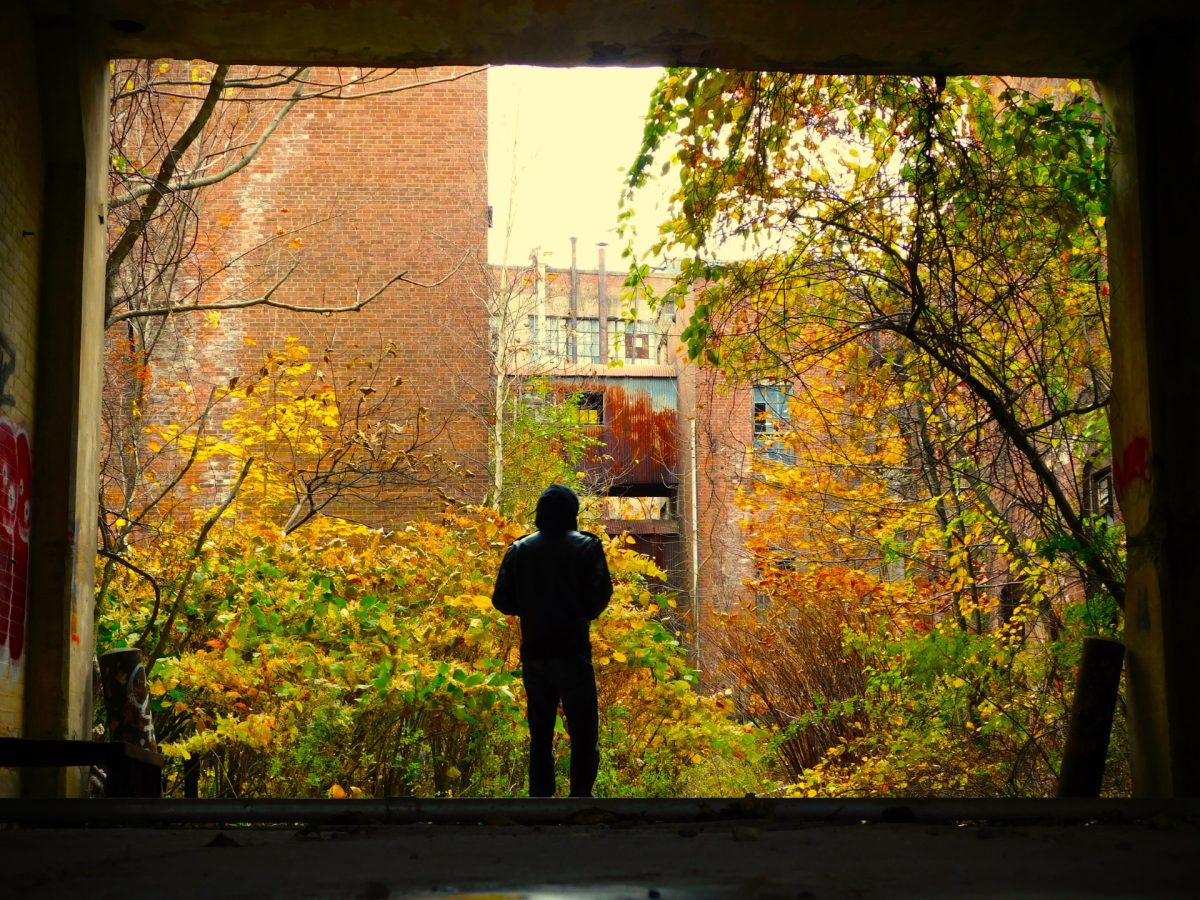
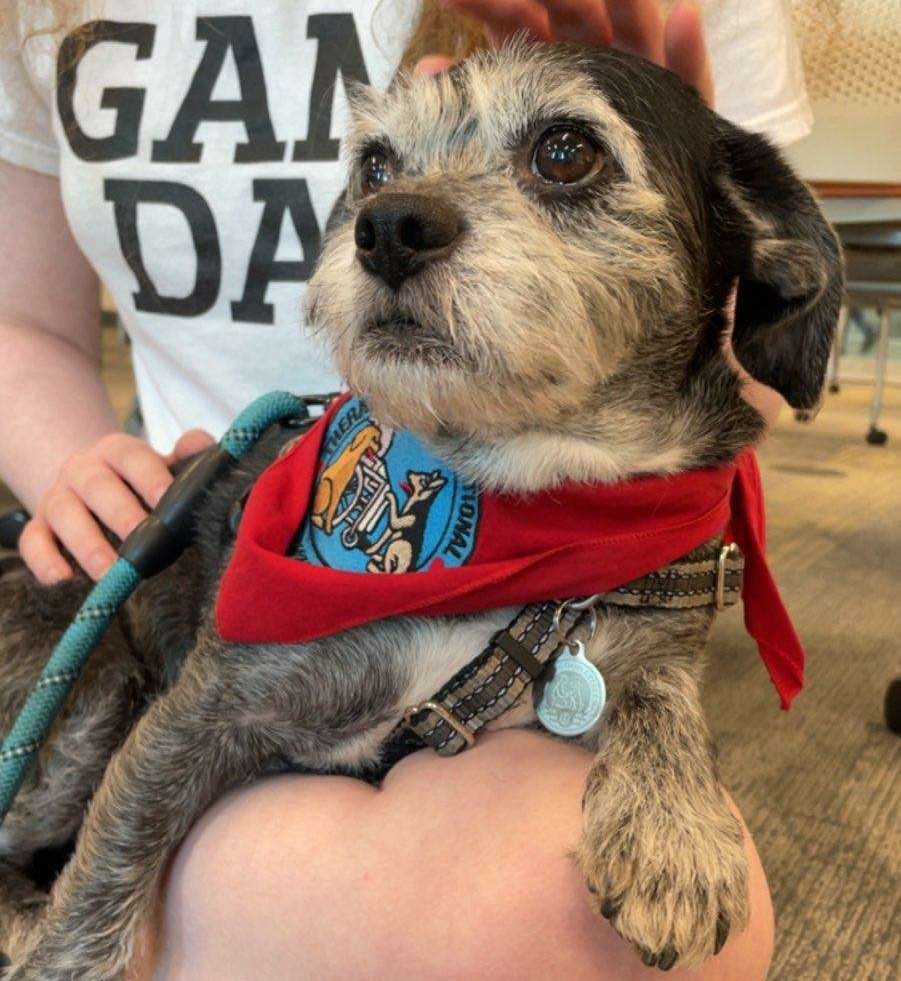
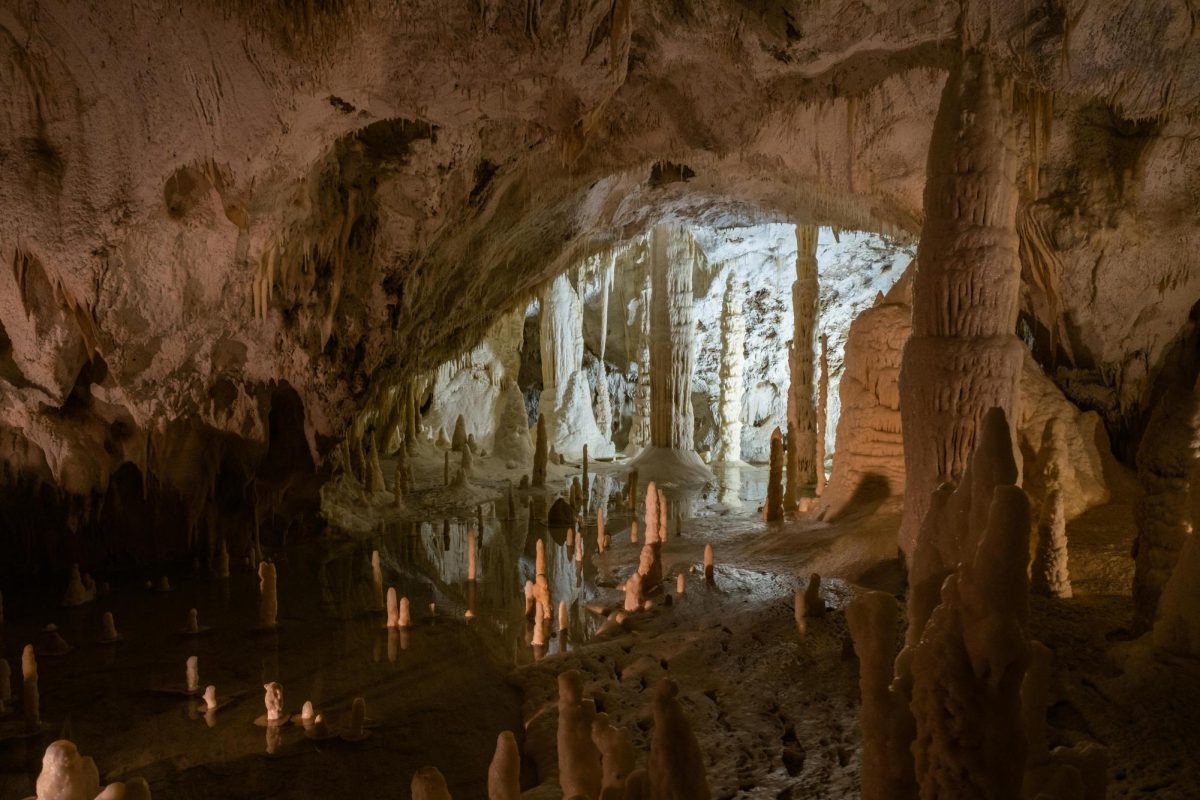
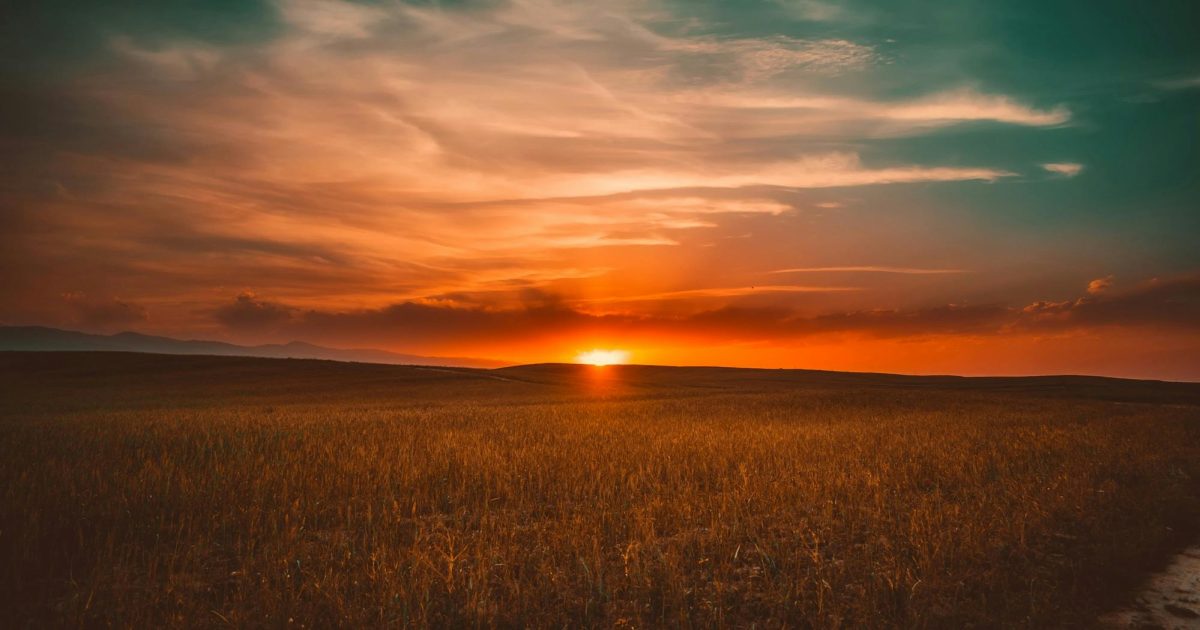
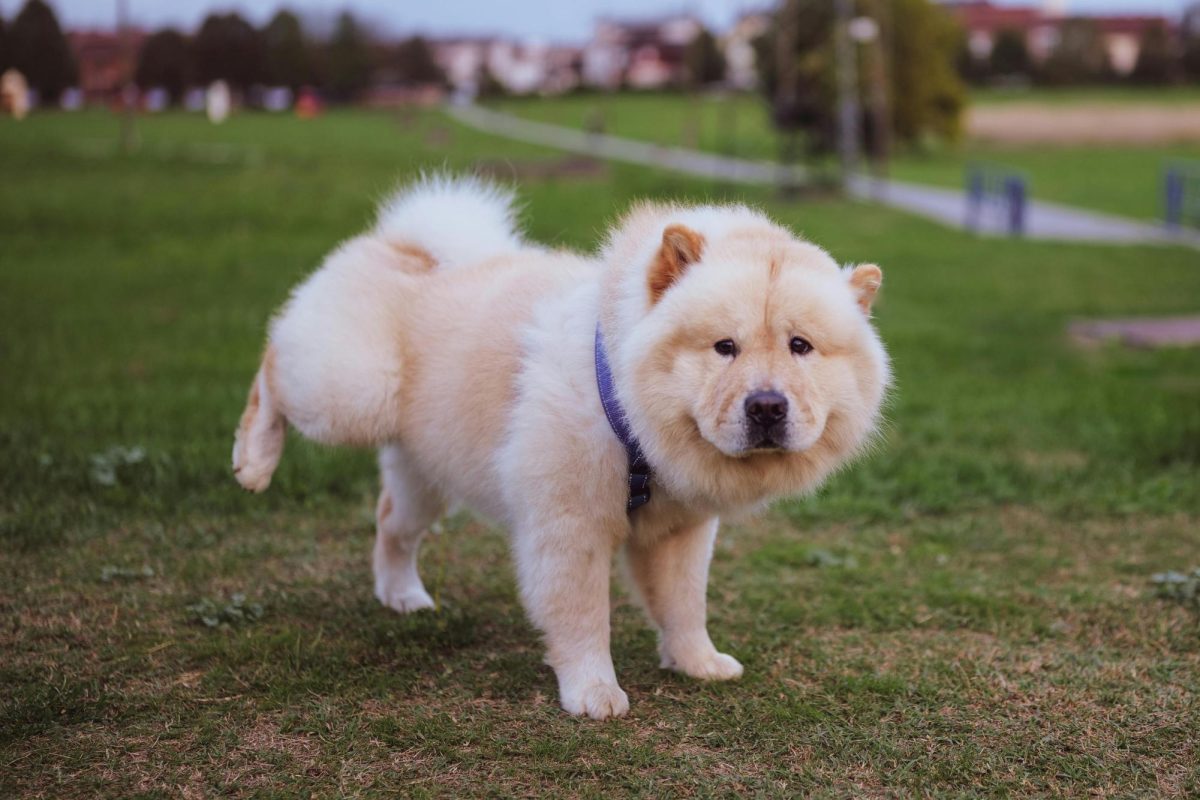
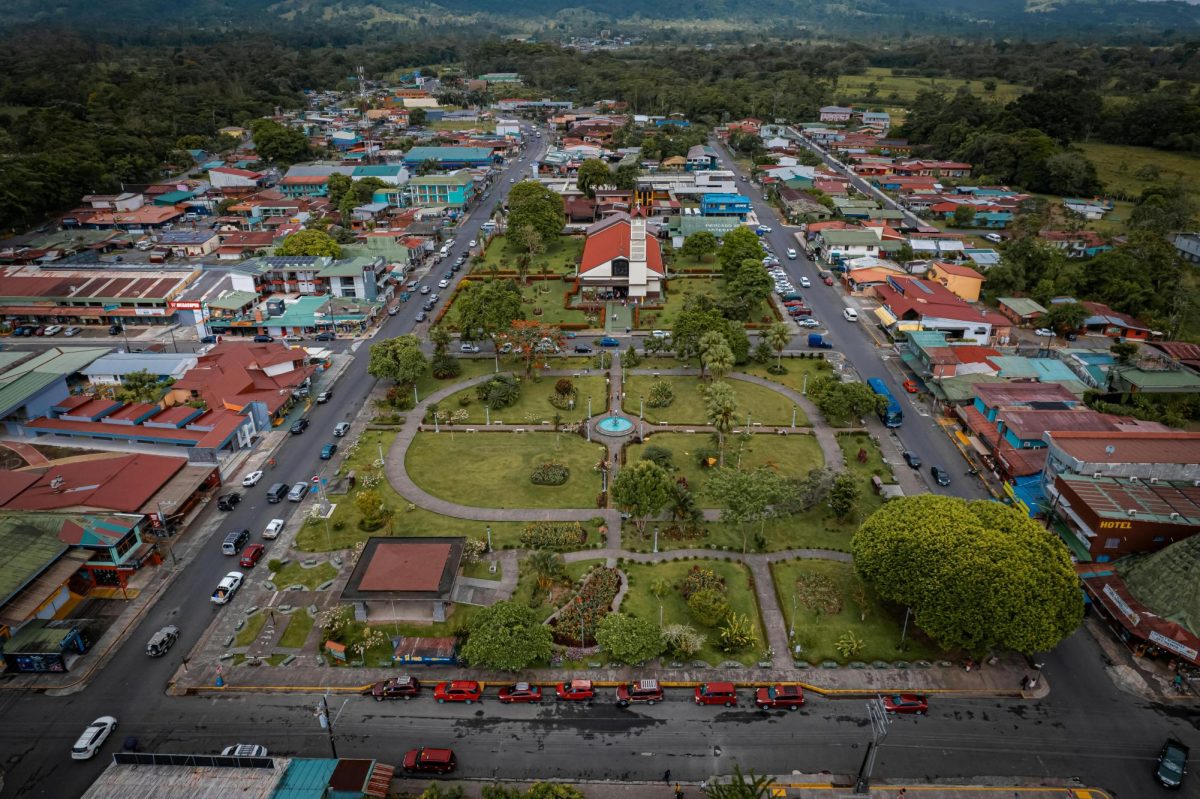
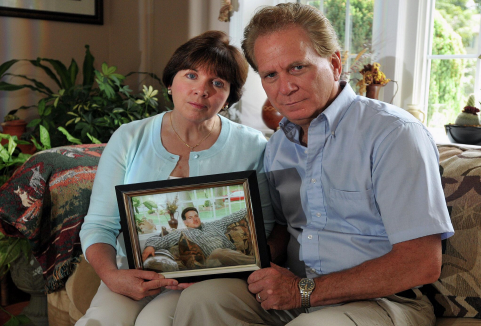



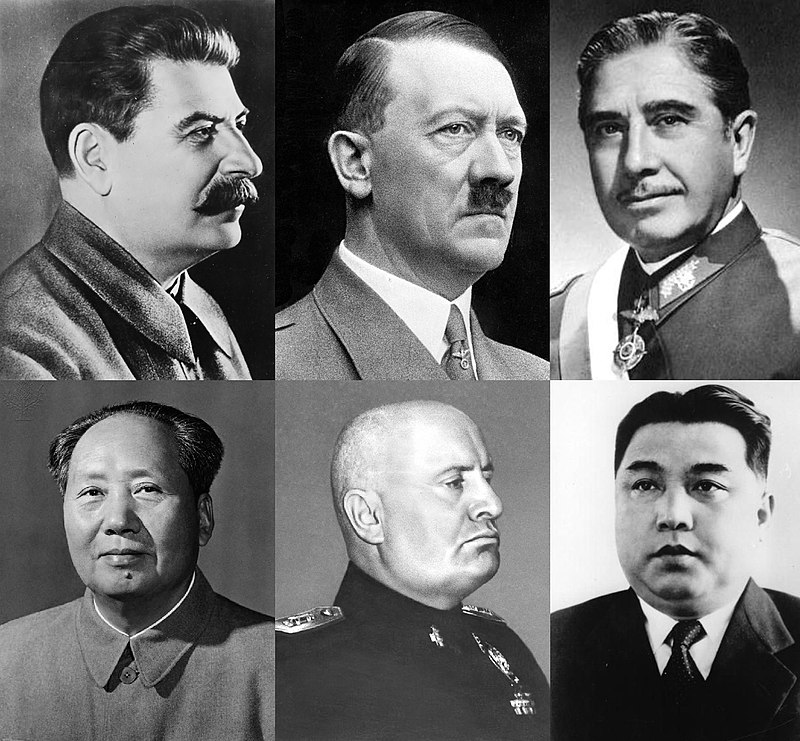

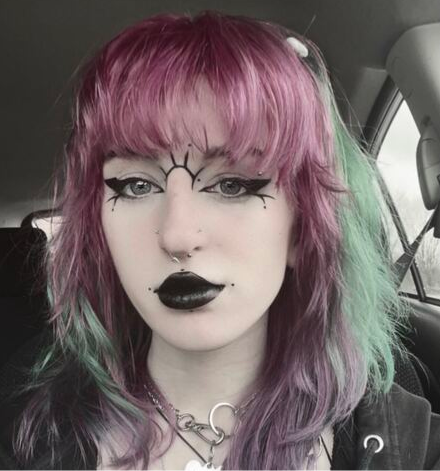
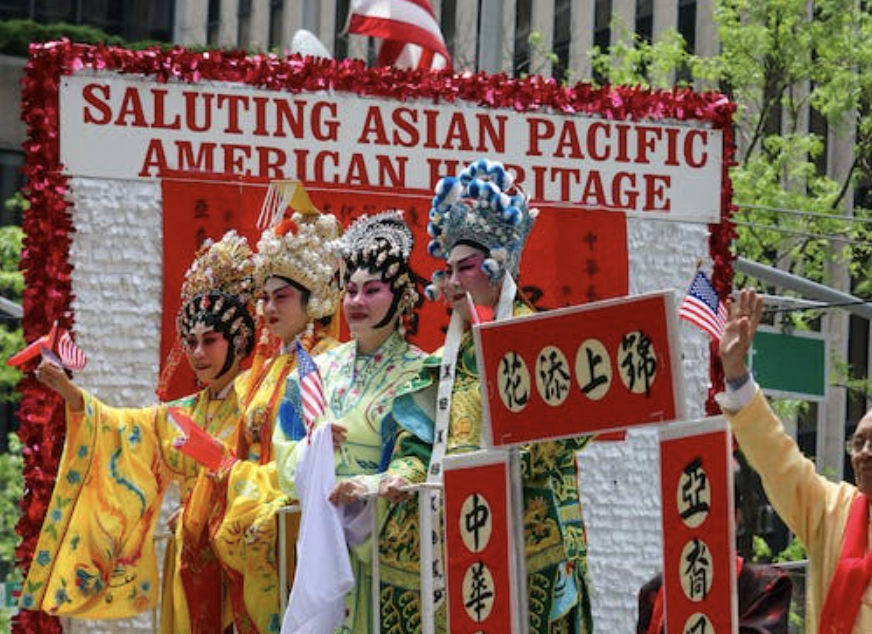
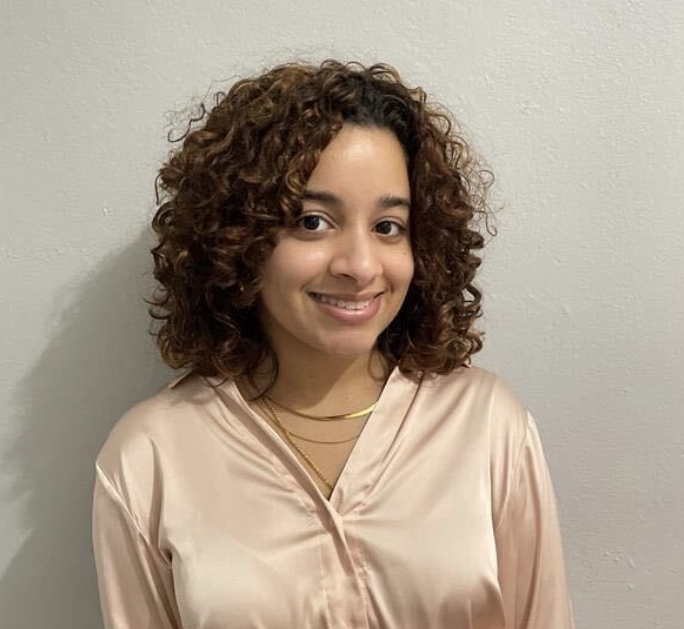
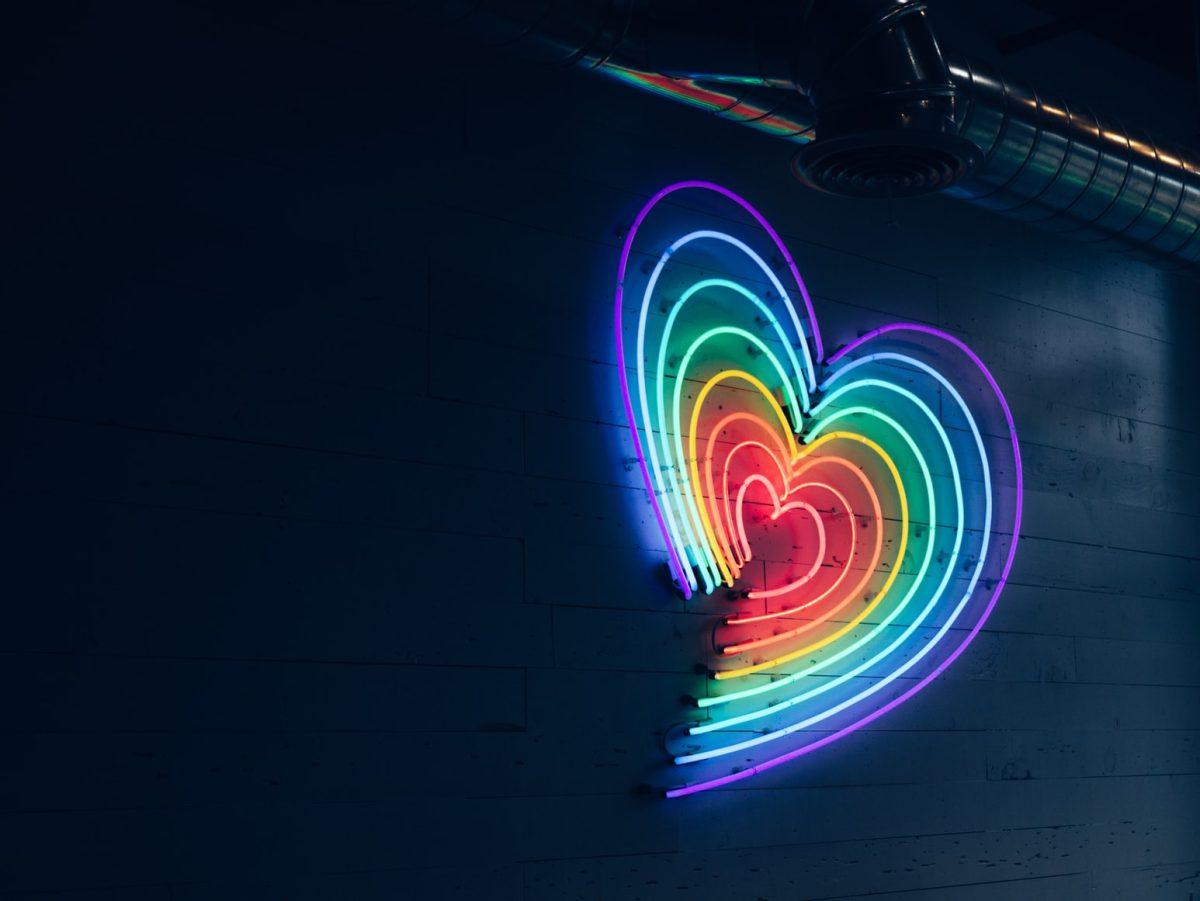

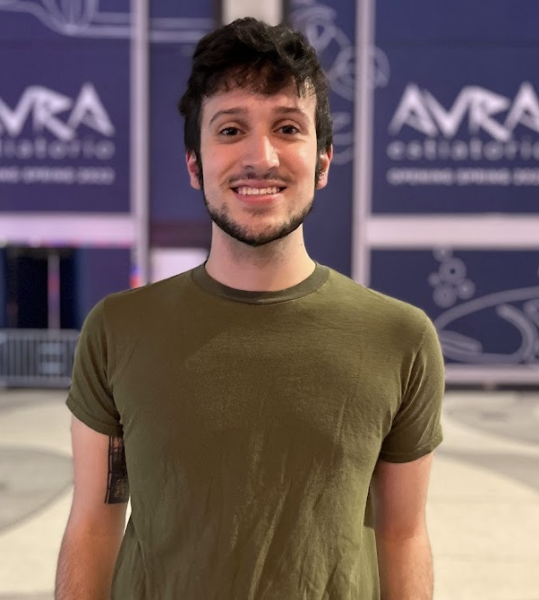
Tad Rayfield • Nov 13, 2021 at 5:16 am
Thanks for a marvelous posting! I actually enjoyed reading it, you could be a great author.I will remember to bookmark your blog and may come back in the foreseeable future. I want to encourage you to continue your great posts, have a nice evening!
Merry Swann • Nov 10, 2021 at 12:22 pm
Hey! Someone in my Facebook group shared this site with us so I came to take a look. I’m definitely loving the information. I’m bookmarking and will be tweeting this to my followers! Terrific blog and superb design and style.
Carl Guerriere • Sep 30, 2021 at 9:37 pm
Interesting but not my experience as a gay person who is now 65. I was not lonely. I had many queer folk with whom I could celebrate our gayness. And that was the 70s. We’ve come a
long way since. Negative public media imagines are minimal compared to my youth.
I am not negating the author’s feelings, but I cannot relate. Perhaps this person’s loneliness has more to do with the age of cyber dating and few gay meeting places.